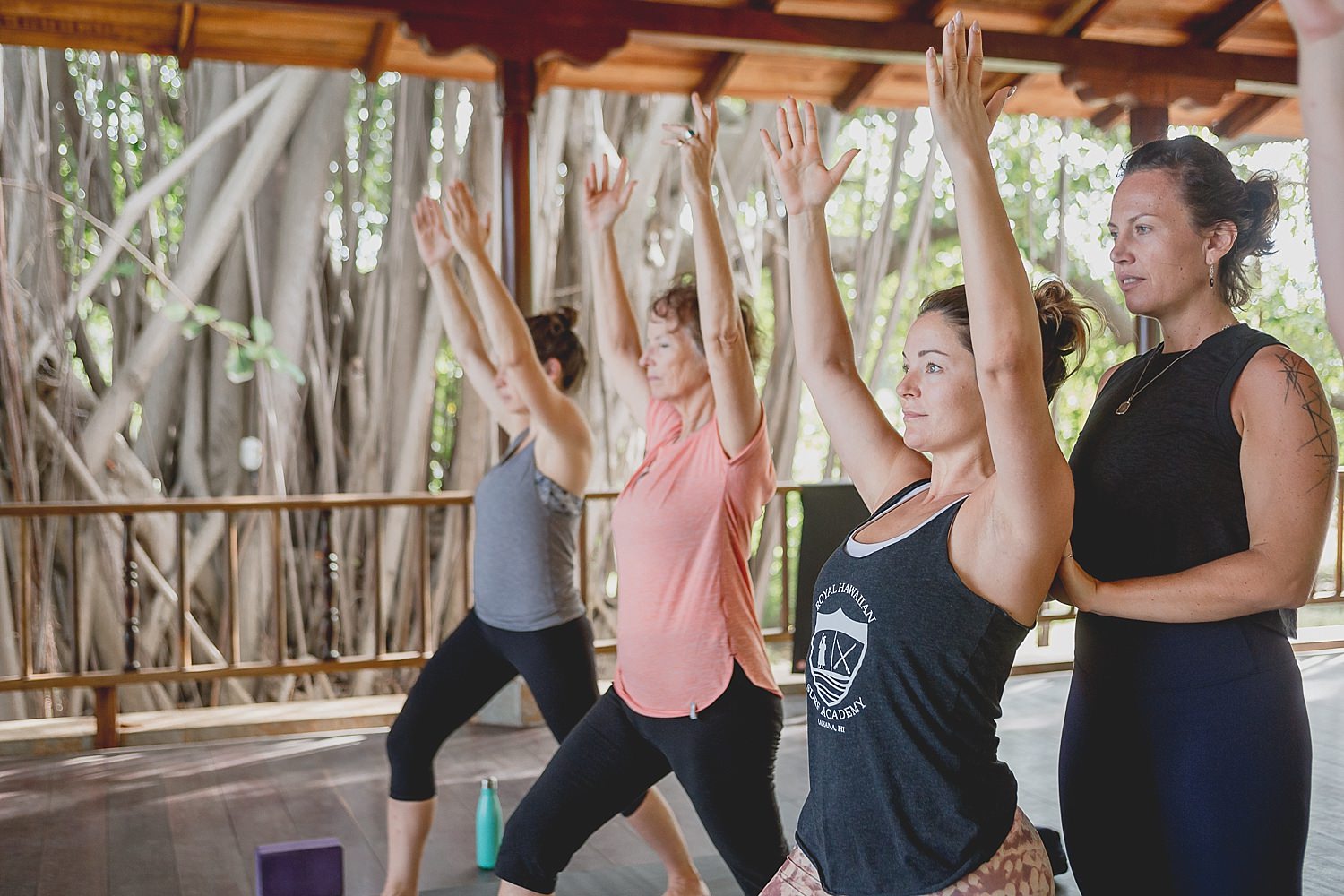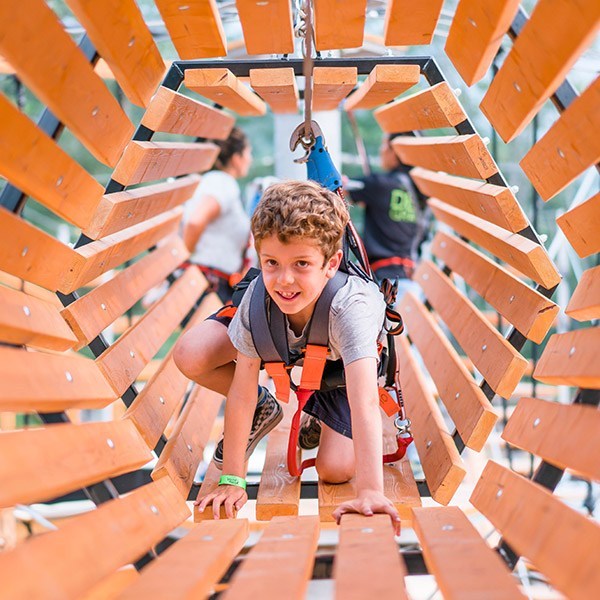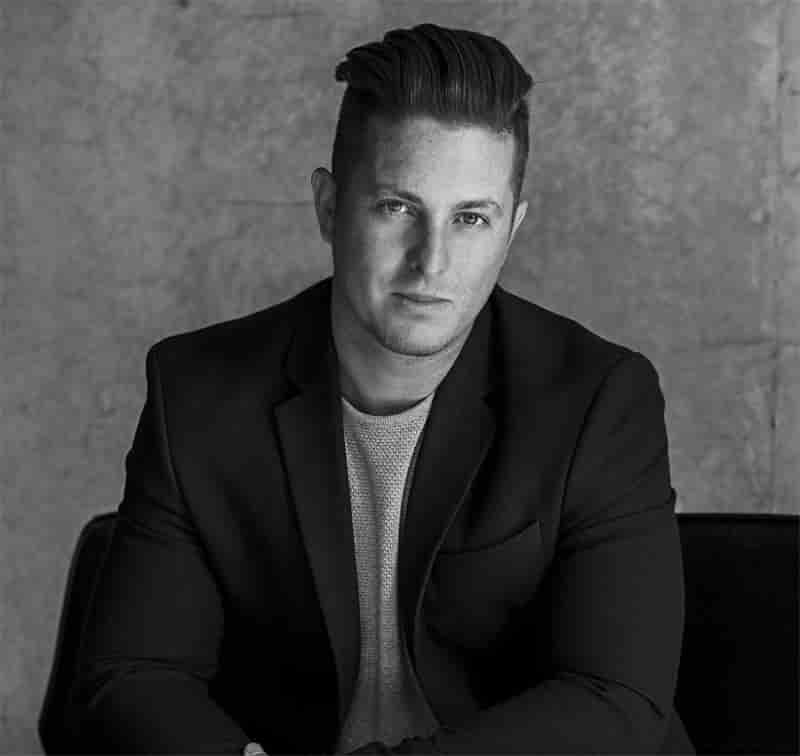
Ballet starts at the barre.
Many musicians learn the scales 1st.
Karate pieces the Katas together over and over again before the sequence flows from beginning to end.
Iyengar Yoga is like this. First things first – learn the scales, then compose the piece. In this manner, whether it’s a symphony or death metal, you’ll have the knowledge and experience to play it well. In the Iyengar tradition we learn the asana like a musician learns the scales as a gateway to explore ourselves through yoga.
The study of how the asana is done cultivates a disciplined mind and curious nature that are excited by the details. In the commentary of Sutra II.46 sthira sukha asanam (asana is a perfect firmness of body, steadiness of intelligence and benevolence of spirit.) Iyengar says: “Each asana has five functions to perform. These are cognative (action/do the pose), cognitive (observe), mental (adjust), intellectual (experience) spiritual (flow). … This is the manifestation of dharana (concentration) and dhyana (meditation) in the practice of asana (postures).” We do. Observe. Adjust. Rinse and repeat until we know the cause and effect so well that the experience of the work begins to flow.
Sutra I.2: yogah cittavrtti nirodhah – yoga is the cessation of movements in the consciousness. All practices, whatever their approach, are moving us towards a calm mind. It’s pretty hard for the grocery list, yesterday’s argument or plans for after class to sneak into your thoughts when you are concentrating on what your ankles are doing in down dog. Training your mind to transmit the instructions to your body, observe the action, make intelligent adjustments, and observe the cause and effect of it all is part of the process. It’s learning and eventually mastering the scales to such a degree that eventually you are able to create the composition of your life.
Because this progressive method is built on the foundation of stability, mobility and experiential knowledge it doesn’t require a dance, gymnastics or other athletic background, making Iyengar Yoga accessible to anyone. The use of props and modifications means the body can start wherever it’s at and benefit right away. From therapeutics to inversions, kosas to vayus, breathwork to philosophy, Iyengar Yoga’s focus on integrated alignment and self-observation stabilizes and balances not just the body but the mind, nervous system and emotions.
BKS Iyengar was one of Krishnamacharya’s main students – almost everything we experience on the mat these days has come from this generation of masters: Ashtanga from Pattabhi Jois. Vinyasa from Indra Devi. Hatha with a focus on integrated alignment from Iyengar. Iyengar’s approach was developed because he was sick and weak as a young man. The practice we do today is based on what he learned as he slowly gained strength and eventually good health – living until he was 95 – practicing and teaching until his death. The methodical practicality of his teaching spills into the rigorous internationally-recognized teacher training programs that are run world-wide by national associations.
In classes:
- There’s usually no music.
- Or external heat.
- Drinking water during the practice is discouraged so as not to extinguish the internal heat that is self created.
- There are props and demos.
- Longer holds.
- There might be a question or conversation.
- There are suggestions and corrections.
- You may be asked to leave or move your mat!
- Pranayama (breath control) is a separate practice and is differentiated from breath awareness within your asana practice.
- You’ll learn ‘the scales’ and over time know them so well you’ll be able to play on any mat, even compose your own practice to meet your needs.
“If you learn a lot of little things, one day you may end up knowing a big thing.” BKS Iyengar
By Sam Lloyd
Certified Iyengar Teacher – teaching 8:30 & 10 am @Shalayoga
Click here for the Original Article









Leave a Reply
Want to join the discussion?Feel free to contribute!